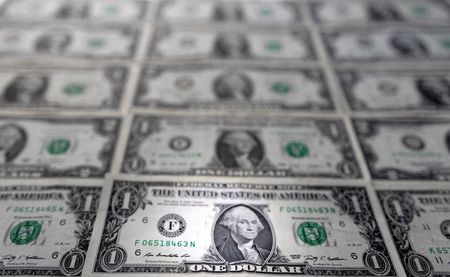U.S. stocks maintained gains for the day Wednesday as the Federal Reserve decided to move its short-term benchmark interest rate 0.75 percentage-point higher.
In addition, the Committee stated it would continue reducing its holdings of Treasury securities and agency debt and agency mortgage-backed securities, as described in the Plans for Reducing the Size of the Federal Reserve’s Balance Sheet that were issued in May. The Committee is strongly committed to returning inflation to its 2 percent objective.
Also, the Fed released updated projections from its June meeting; the Committee increased its 2022 PCE median inflation forecast to 5.2% from 4.3%, now sees the 2022 Fed rates between 3.1-3.6% from 1.6-2.4% prior projection, and forecasts the 2023 Fed rates between 3.6-4.1% from 2.4-3.1% prior projection.
The mega-cap stocks have provided some key support for the broader market. The Vanguard Mega-Cap Growth ETF (MGK) is up 1.3% versus a 0.5% gain for the Invesco S&P 500 Equal Weight ETF (RSP). The leadership of the mega-cap stocks has bled through to the outperformance of the consumer discretionary (+1.7%), communication services (+1.4%), and information technology (+1.0%) sectors.
The worst-performing sector is the energy sector. It has pulled back along with oil prices and an admonishment of top oil companies by President Biden, who said refinery margins well above normal “at a time of war” are not acceptable.
Another support factor for stocks has been a cooling off in the Treasury market, which also earned the label of being “short-term oversold” and the allowance of being due for a bounce. The 2-yr note yield dropped as many as 15 basis points to 3.28%. It is currently down eight basis points at 3.35%. The 10-yr note yield fell as many as 12 basis points to 3.36%. It is currently down eight basis points at 3.40%.
In other developments, the ECB made some waves today with an emergency meeting to develop a plan that it believes will mitigate the bond fragmentation issues in the eurozone. That move put a bid in sovereign bond markets in the eurozone, which in turn helped drive rebound efforts in European bourses.





